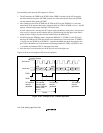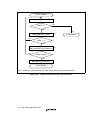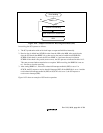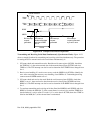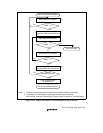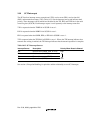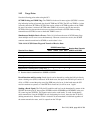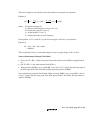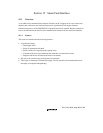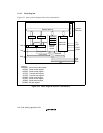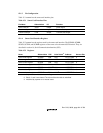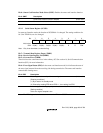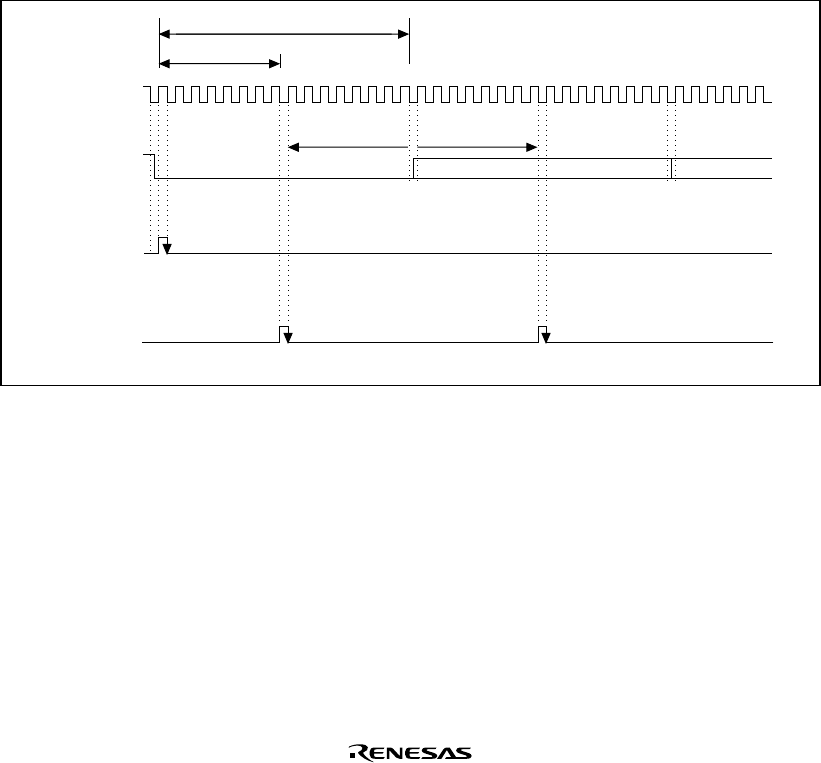
Rev. 5.00, 09/03, page 486 of 760
TEND Flag and TE Bit Processing: The TEND flag is set to 1 during transmission of the stop bit
of the last data. Consequently, if the TE bit is cleared to 0 immediately after setting of the TEND
flag has been confirmed, the stop bit will be in the process of transmission and will not be
transmitted normally. Therefore, the TE bit should not be cleared to 0 for at least 0.5 serial clock
cycles (or 1.5 cycles if two stop bits are used) after setting of the TEND flag is confirmed.
Receive Error Flags and Transmitter Operation (Synchronous Mode Only): When a receive
error flag (ORER, PER, or FER) is set to 1, the SCI will not start transmitting even if TDRE is set
to 1. Be sure to clear the receive error flags to 0 before starting to transmit. Note that clearing RE
to 0 does not clear the receive error flags.
Receive Data Sampling Timing and Receive Margin in Asynchronous Mode: In asynchronous
mode, the SCI operates on a base clock of 16 times the transfer rate frequency. In receiving, the
SCI synchronizes internally with the falling edge of the start bit, which it samples on the base
clock. Receive data is latched at the rising edge of the eighth base clock pulse (figure 14.24).
0 1 2 3 4 5 6 7 8 9 101112131415 0 1 2 3 4 5 6 7 8 9 101112131415 0 1 2 3 4 5
Base clock
Receive
data (RxD)
Synchro-
nization
sampling
timing
Data
sampling
timing
8 clocks
16 clocks
Start bit
−7.5 clocks
+7.5 clocks
D0 D1
Figure 14.24 Receive Data Sampling Timing in Asynchronous Mode



